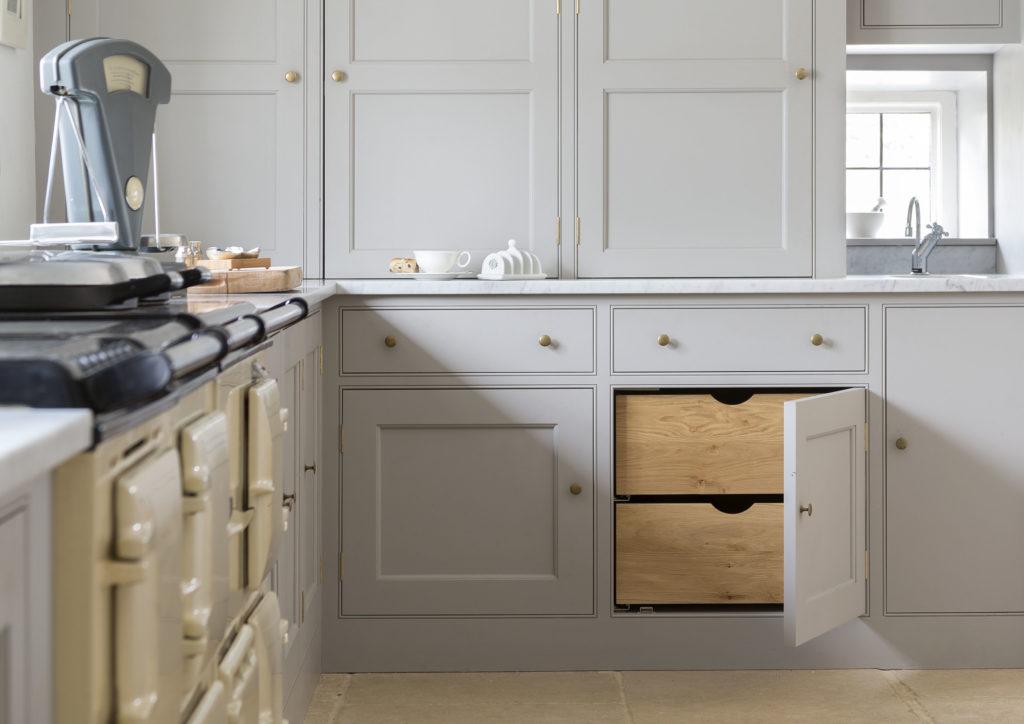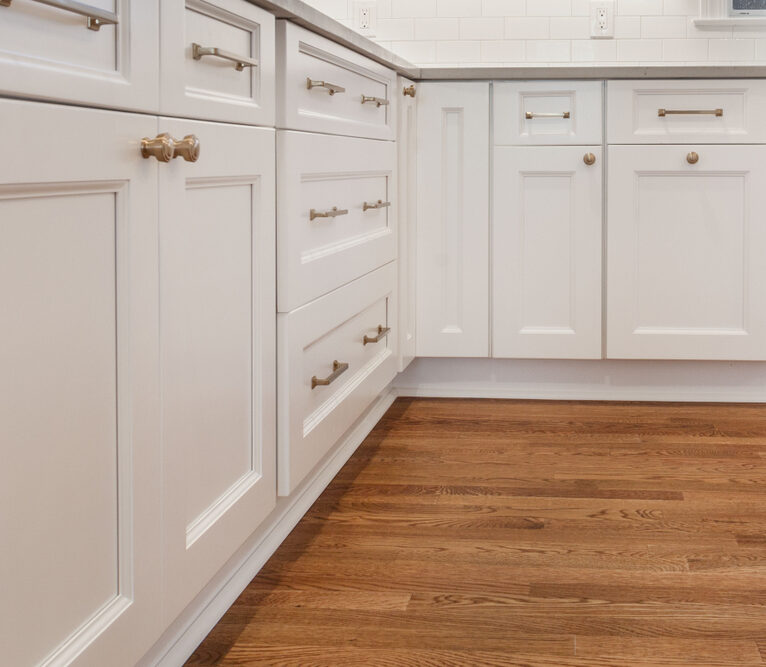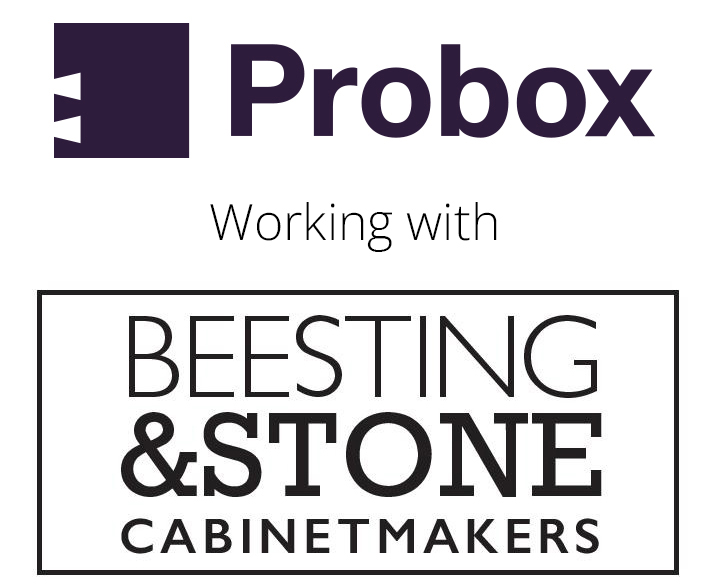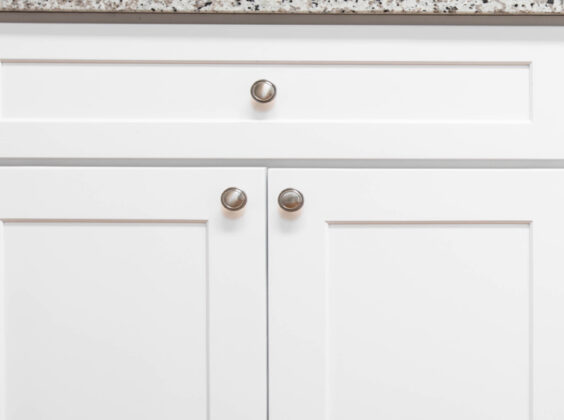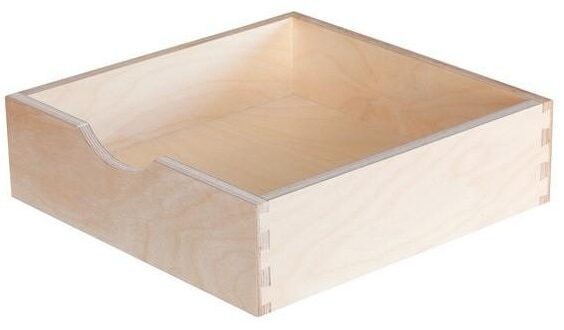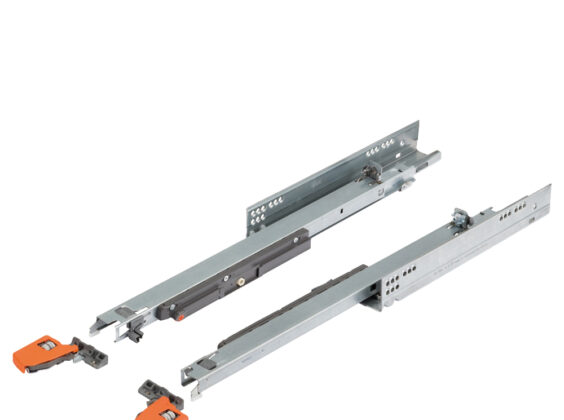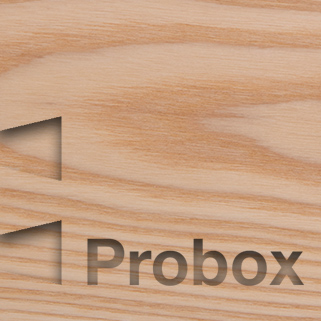
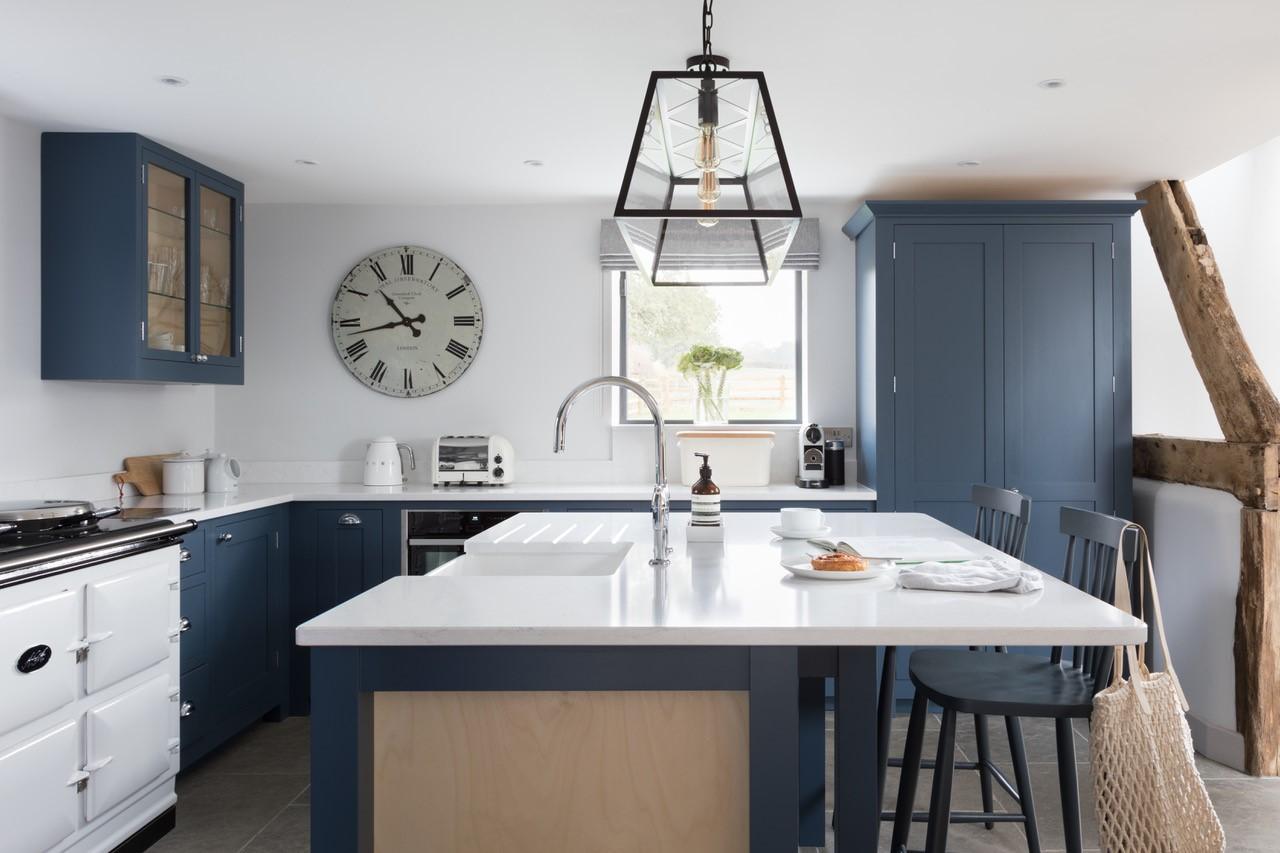
Shaker Style kitchens have become a typical feature in the modern era of traditional kitchen design; becoming a trend in many kitchens and adored by kitchen lovers.
The timeless style of Shaker kitchens maintains its popularity in both contemporary and traditional settings and the term shaker style has also become synonymous with timber kitchen design. There are however certain specifics of the Shaker Style and the Shaker Style shouldn’t be confused with other styles of timber construction kitchens.
Shaker Style History
The Shaker Style originates in the 18th Century in Manchester, England from the Shakers, who were part of the Quakers until the end of the 18th Century when the Shakers separated from the Quakers, emigrated to America and settled across New England. The United Society of Believers in Christ’s Second Appearing, commonly known as the Shakers, was a Protestant sect founded in England in 1747. The “Shaking Quakers,” or Shakers, split from mainstream Quakerism in 1747 after being heavily influenced by Camisard’s preaching.
The Shakers continued to handcraft high-quality furniture often using Cherry and Pine timber woods and over time their furniture became renowned for its craftsmanship and high quality. As time went on the Shakers handcrafted their kitchen doors and furniture with their designs being simplistic and understated. The guiding Shaker principles of honesty, utility, and simplicity found expression in various crafts: furniture, boxes, and textiles which made the Shakers renowned for their minimalist design and unstinting quality.
From honest craftsmanship to solid wood frames and panelled doors, the Shaker Style has become a timeless design with today’s adaptation of the Shaker Style holding a different level of spirit to simplicity. Compared to the original 18th-century style, the Shaker Style has become more of a bespoke style with finishing in a variety of colours and various accompanying ironmongery.
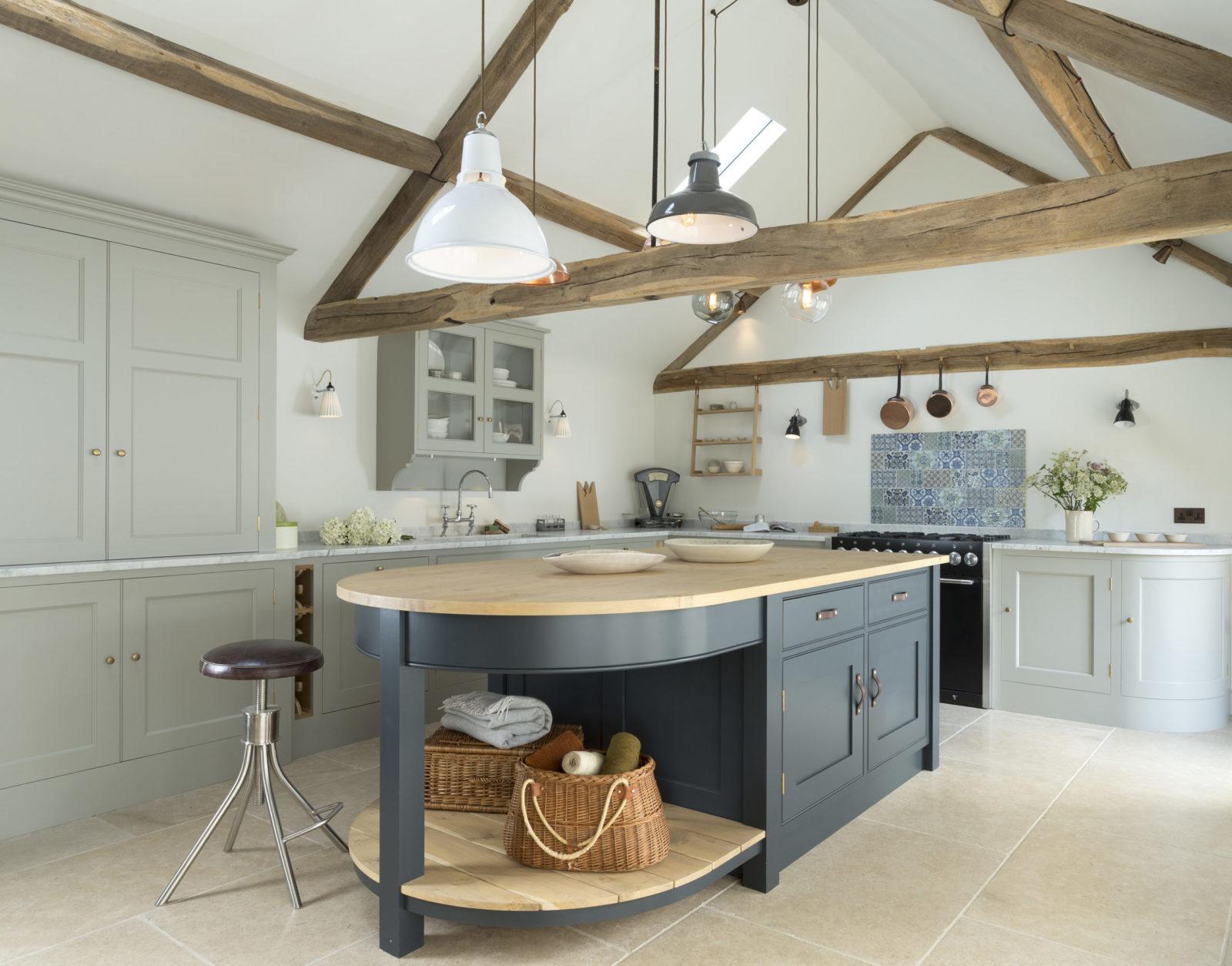
Most Shaker Style furniture pieces were originally painted or stained, both to protect the wood and to make it more attractive. Colours were strictly regulated by the ‘Millennial Laws’ with blues, greens, reds, and yellows the most popular and monochromatic treatments preferred. Shaker’s believed that furniture should be honest in construction and appearance; therefore practices such as veneering and applied ornamentation were incompatible with Shaker beliefs.
In the late 1800s into the 1900s, there was the emergence of freestanding kitchen furniture and preparation tables which have now developed into kitchen islands and breakfast bar areas. In the 1900s Shaker Style was the origin of classic English kitchens. All the elements of highly skilled design and Shaker craftsmanship passed down through the generations swiftly achieving the greater appreciation and wider acclaim that the Shaker Style has today.
Shaker Style Today
The Shaker Style is now prevalent in kitchen design with Shaker Kitchens being a popular choice for a long-lasting traditional feel. Shaker kitchens are very popular in interior design publications, at exhibitions and on social media too. There are numerous kitchen manufacturers specialising in Shaker Style kitchens; each with their own slight twist on the style. Increasingly there is also a convergence of modern design and the convenience of modern fixtures and fittings alongside the traditional Shaker Style.
Probox Drawers specialise in manufacturing high-quality wooden dovetail drawer boxes, cabinet doors, and 5 piece shaker doors that are perfect for shaker-style kitchens. As the UK’s leading supplier, many kitchen manufacturers as well as specialist bespoke kitchen companies use our drawer boxes for their shaker-style units.
Nowadays, the shaker style tends to have the following characteristics:
- Solid and sturdy timber
- Cabinet doors showing the wooden construction, the framed panel
- Simplistic detailing
- Simplistic traditional cabinet handles
- Contemporary colours and bright colours.
- A modern farmhouse feel
- Large sinks
- Large wooden drawers and cabinets
- Wooden worktops
- Butt hinges are visible sometimes as a preference
There are some things often considered when looking at shaker-style designs and creating kitchen designs:
- Factoring in a free-standing unit
- Simplicity and colour matching
- Making it your own
- Front frame or overlay doors
- Opting for an easy-to-clean design
- Textures, surfaces and timber
- Strength and durability
- Dovetailing, detailing, and style
- Accessories
References (Accessed 18 03 2020):
www.larkandlarks.co.uk/the-lark/what-are-shaker-doors-2364
www.bespokekitchensbybroadway.co.uk/origins-shaker-kitchens/
www.idealhome.co.uk/kitchen/kitchen-ideas/shaker-style-kitchen-ideas-
www.nakedkitchens.com/blog/2019/12/01/what-is-a-shaker-kitchen/
www.thewoodworks.com/shaker-kitchen-cabinetry-which-is-right-for-you/
www.nps.gov/articles/history-of-the-shakers.htm
home.shakerheritage.org/history-shakers




